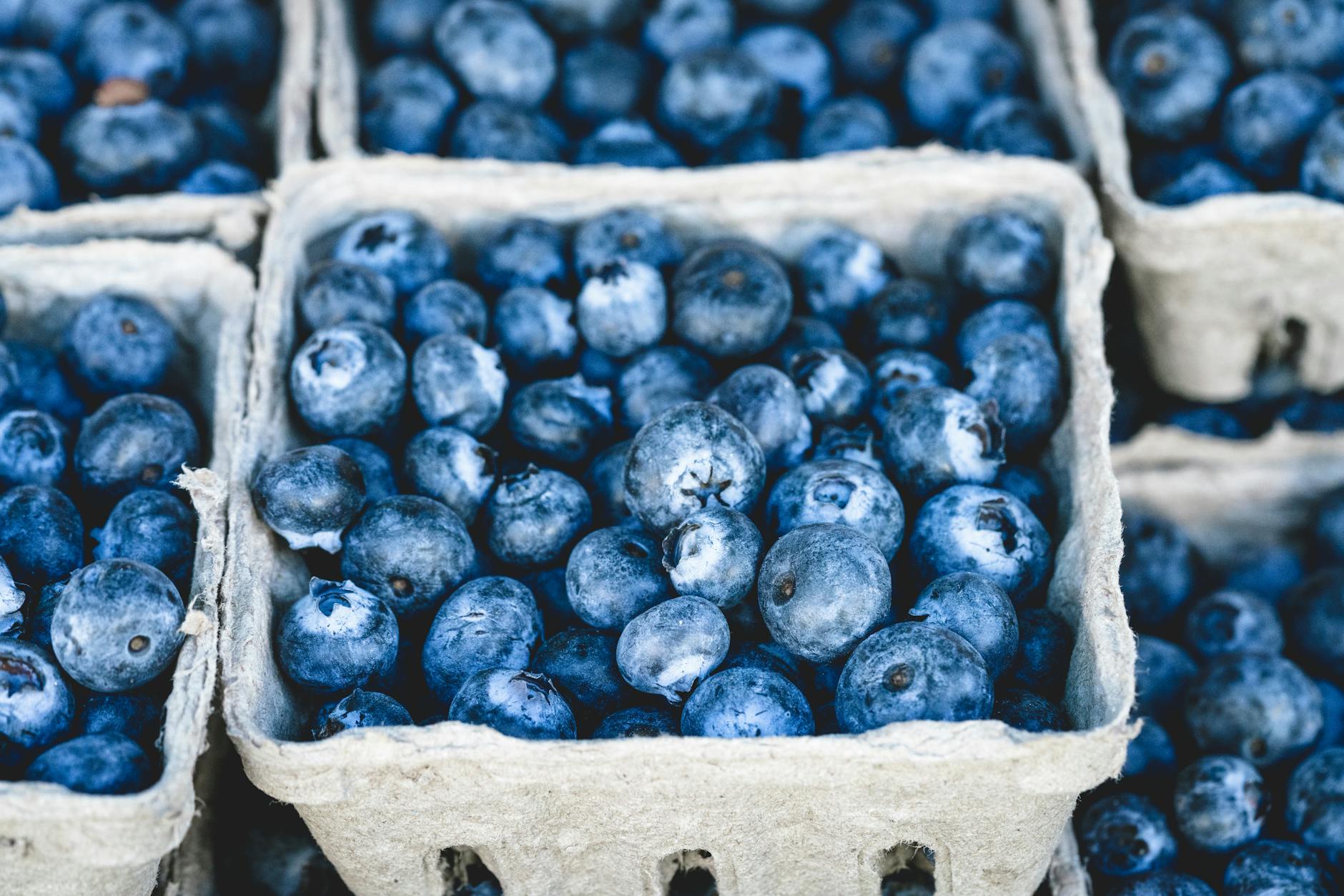From its historical background as an ancient medicinal herb to its recent legalizations in various regions, cannabis continuously refines its significance in society. As researchers uncover an array of health benefits attached to its use, a broader audience is becoming receptive towards this plant. However, beginners may find the variety of cannabis consumption methods bewildering. Therefore, this comprehensive guide will explore the nuances of different techniques, such as smoking, vaporizing, edibles, tinctures, topicals, cannabis concentrates and dabbing. Understanding the basis of these methods, dosage guidelines, and the effects duration can help individuals select the best mode for their requirements.
Starting with the traditional method of cannabis consumption, smoking offers the fastest onset of effects. Upon inhaling, cannabis compounds, such as Tetrahydrocannabinol (THC), reach the brain within minutes, producing immediate results. Smoking, while effective, has potential respiratory hazards due to the combustion of plant material, which consequently leads to the production of harmful substances.
To mitigate the issues associated with smoking, vaporizing has emerged as a popular alternative. Vaporizers heat cannabis to a point where the beneficial compounds boil off into a vapor. This method eliminates many toxins generated during combustion, providing a smoother experience. Excellent for immediate relief and precise dosage, vaporizing is often favoured by medical marijuana patients.
Transitioning from inhalation methods, edibles constitute another widely used form of cannabis consumption. The term edibles applies to any food or drink infused with cannabis. Although the onset time for effects is much slower, usually taking 1-3 hours, they’re typically more potent and last longer than inhalation methods—making them popular for individuals seeking long-term relief.
Cannabis tinctures, a lesser-known but effective consumption method, are alcohol-based cannabis extracts consumed orally or sublingually (under the tongue). Tinctures provide a balanced onset and duration of effects—usually taking effect within 15-30 minutes and sustaining for a few hours. The ease of use, rapid onset, long effects duration, and the ability to control dosage daily make tinctures an excellent choice for medical marijuana users.
If you’re apprehensive about consuming cannabis internally, topicals could be the right alternative. These are cannabis-infused balms, lotions, and oils applied directly to the skin for localized relief of pain, inflammation, and other symptoms. Topicals typically don’t produce the psychoactive effects that other methods do, making it a discreet choice.
For those seeking a more potent and faster onset of effects, cannabis concentrates (like oils, waxes, and resins) and dabbing are worth exploring. Dabbing uses a small amount of cannabis concentrate heated on a hot surface and then inhaled. Despite the increased potency, beginners should approach concentrates and dabbing with caution due to the elevated THC levels.
In conclusion, the method of cannabis consumption you choose greatly influences the onset, intensity, and duration of effects. It’s pivotal to gauge your comfort level, desired relief type, optimal dosage, and preparedness for the experience when selecting a method. Always remember: start low and go slow. Take your time to experiment and find what works best for you.

